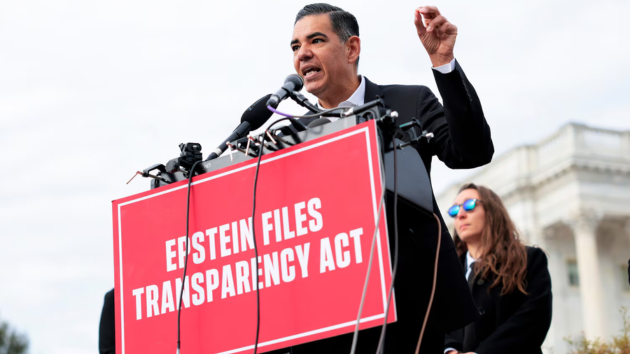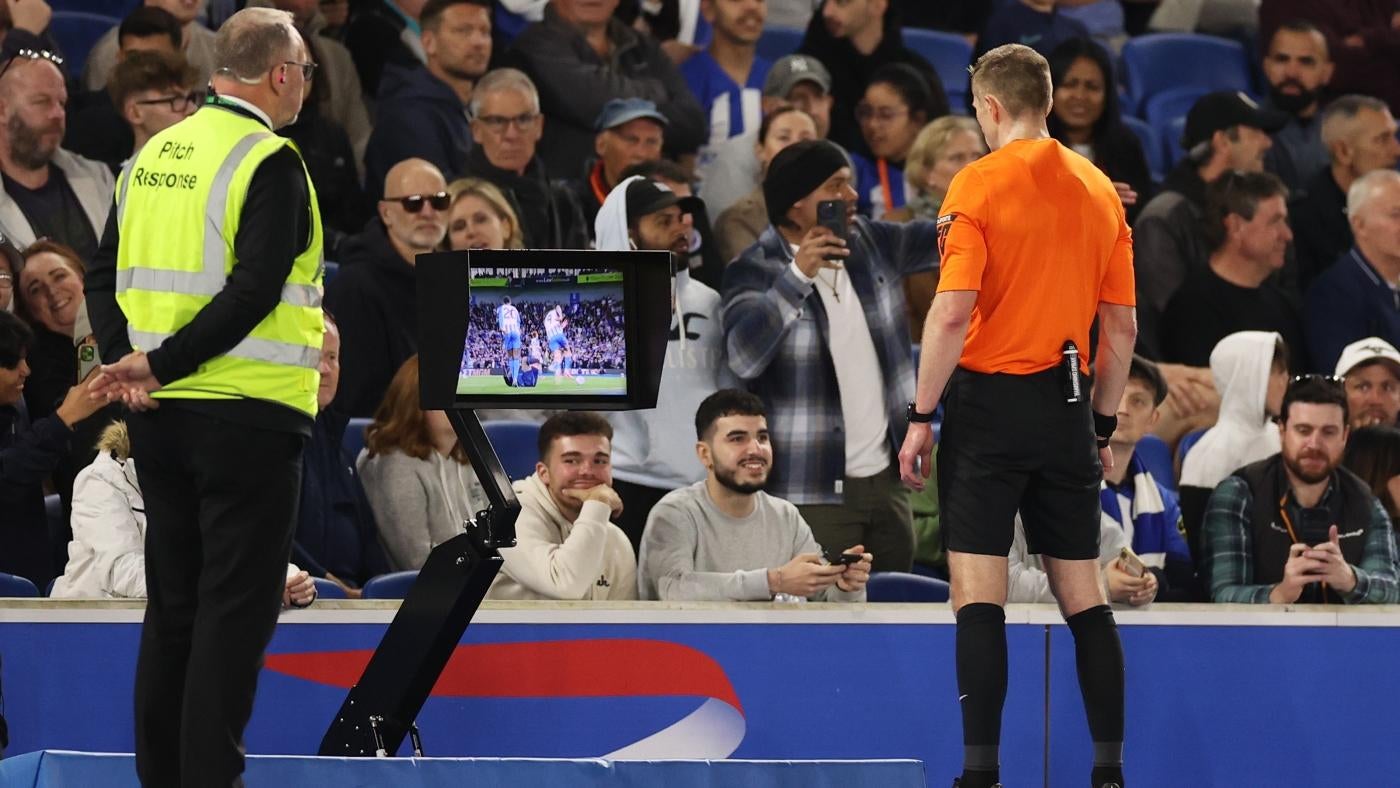Pentagon’s temporary pier off Gaza is ready to begin delivering aid
Written by ABC Audio ALL RIGHTS RESERVED on May 17, 2024

(WASHINGTON) — The Pentagon’s temporary floating pier system was anchored onto a beach in Gaza on Thursday amid the Israel-Hamas war, and U.S. officials say humanitarian aid will begin flowing “in the coming days.”
Officials did, however, stress that while the pier — formally called the Joint Logistics Over-the-Shore, or JLOTS, capability — will help bring aid to the strip, the real long-term solution in Gaza is to fully open the land routes so more aid can flow in.
Pentagon officials said aid will begin flowing quickly, though initially it will be at a slow pace to ensure the system is working properly before operations are scaled up.
“This morning, just a few hours ago, the pier was successfully affixed to the beach in Gaza, and in the coming days, we will commence the delivery of aid,” Vice Adm. Brad Cooper, deputy commander of U.S. Central Command, told reporters Thursday.
“The pier is temporary in nature,” he added. “This maritime route is additive and is not meant to replace land routes into Gaza.”
Several aid organizations, including United Nations organizations, have warned Gaza is experiencing “catastrophic” levels of hunger and need, and a top U.N. official recently warned northern Gaza is experiencing a “full-blown famine.”
Cooper said there are currently 500 tons of aid waiting to be transported ashore via JLOTS, a complex operation involving a floating platform, small ships and an 1,800-foot pier or causeway where food aid will be offloaded for distribution by nongovernmental aid agencies inside Gaza.
Located a few miles offshore, the floating platform is a way station for aid as it’s unloaded off cargo ships onto trucks that are then carried aboard small vessels that will take them to the causeway, which is attached to land. It enables the U.S. to deliver aid without having troops on the ground in Gaza.
While U.S. officials said the flow of aid would begin “in the coming days,” the Pentagon’s deputy press secretary, Sabrina Singh, told reporters Thursday the process will play out slowly at first.
“We have to we have to make sure that everything operates in a seamless [way], so you’re gonna see us again, go from that crawl, walk, run,” Singh said during a Pentagon press conference. “It’s going to start off small and scale up.”
Singh emphasized that once ashore, the food aid will be distributed inside Gaza and will not be warehoused in the area where the pier is attached to land.
“We believe that aid should flow without any stoppage,” Singh said.
The expectation is that the JLOTS system will be able to bring between 90 and 150 truckloads a day of aid, equivalent to 2 million meals, but U.S. officials said it was more accurate to focus on the number of tons of aid that will be flowing into Gaza instead of the “imperfect measure” of truckloads.
“The real measure that we’re striving toward getting at and understanding is what is reaching the people and communities in need and making sure it’s the right assistance,” said Sonali Korde, assistant to the administrator of the U.S. Agency for International Development’s Bureau for Humanitarian Assistance.
Security for U.S. forces and nongovernmental organizations participating in the JLOTS system is a top priority, officials said, adding the Israel Defense Forces will provide security at the point where the aid will arrive and be transferred to the United Nations and other NGOs.
But officials said the security for those working on bringing aid ashore could still be improved.
“The deconfliction measures are not where they need to be at, given the complexity of the environment,” Korde said. “So those conversations are ongoing. They need to continue and they need to get to a place where humanitarian aid workers feel safe and secure and able to operate safely, and I don’t think we’re there yet.”
Weather conditions that caused high sea states delayed the anchoring of the JLOTS system by more than a week, and Cooper acknowledged weather conditions may affect JLOTS operations in the future.
“There are light storms, medium storms, heavy storms. One … variable we cannot control here is the weather. So we’ll just see what that looks like,” Cooper said. “It’s very favorable here in the coming days and week or so. And our goal is to move as much humanitarian assistance as possible during that period, and then we’ll make assessments going forward as we would with any military operation and the weather.”
Copyright © 2024, ABC Audio. All rights reserved.

 KVSP
KVSP 




